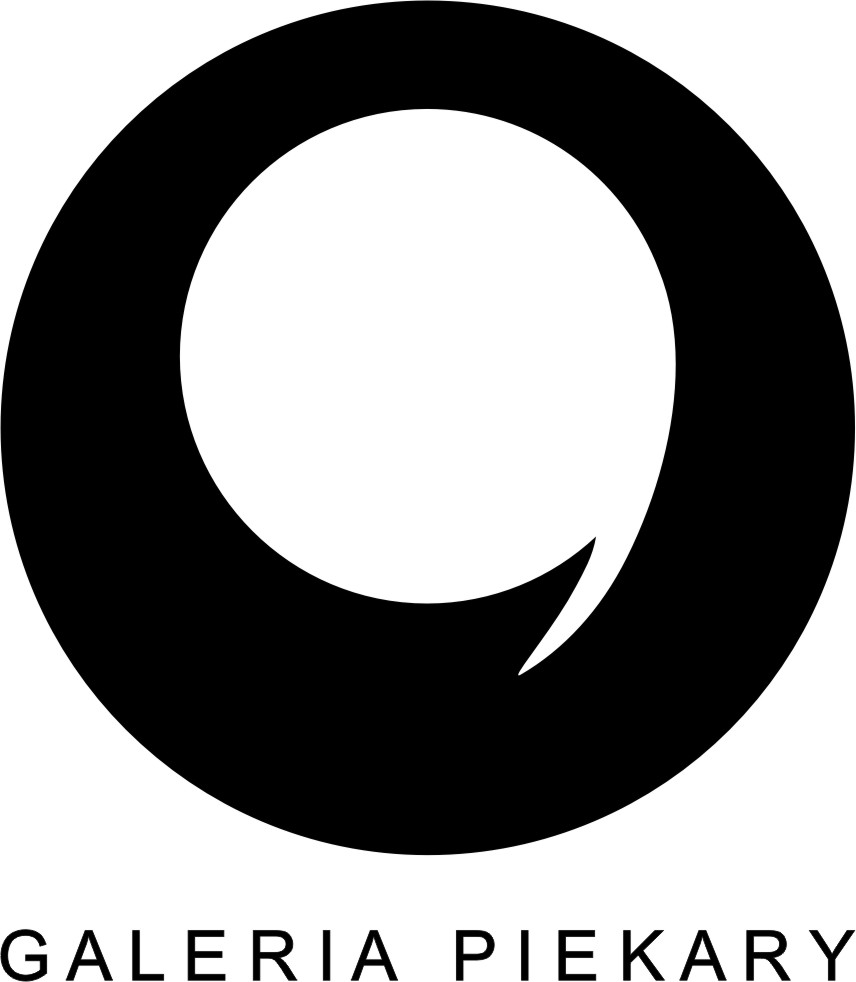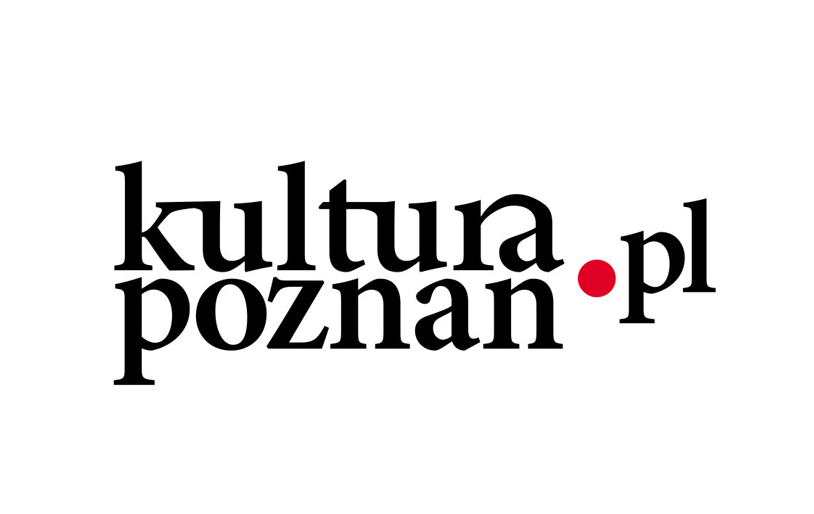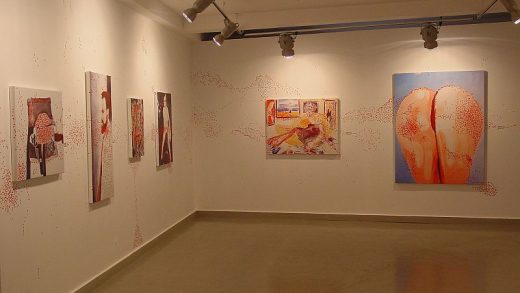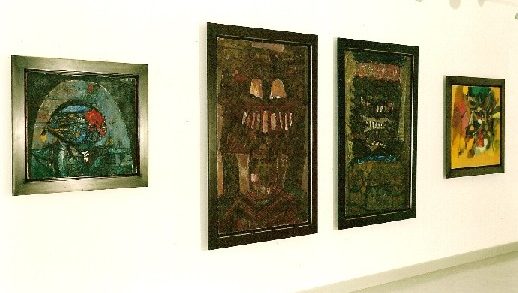opening: March 22th, 2024 at 7 PM
exhibition: May 10th – June 14th,
organizator:

partner:

place: Galeria Piekary
ul. Św. Marcin 80/82
CK Zamek, Dziedziniec Różany
61-809 Poznań
exhibition open Monday – Friday 10 AM – 6 PM
admission always free
media patronage:




A visual artist, professor at an art academy and, at the same time, a musician embedded in the very heart of the burgeoning punk scene—this is none other than Leszek Knaflewski, to whom Galeria Piekary dedicates an exhibition to mark the tenth anniversary of his passing. Involved in diverse milieus, Knaflewski was able to look at reality from a variety of perspectives, while we have the pleasure of showcasing the outcomes his observations.
The exhibition is by no means a collection of immobile objects, stuck frozen-like on the wall. On the contrary, one has to navigate carefully between the installations: mannequins in military outfits which deceptively resemble humans, bar glasses and a large cage symbolizing the oppressive education system. After all, Knaf would constantly find a connection between political structures and everyday human experience, in a way following the tenet of “private is public”. His works examined the power dynamics between Catholic politicians, the clergy, and the society. Moreover, he would keenly observe the rise of adjacent consumerist culture, which gradually became a tool in the hands of national leaders. Knaf satirically exposed human vices: greed and hypocrisy. With such an approach, art no longer performed a purely aesthetic function but began to raise awareness by proclaiming the author’s individual truth. In this respect, a vital role belonged to symbols relevant to Christian culture and Polish tradition, as the artist subtly indicated to the viewer that his historical and cultural knowledge enabled him to appropriate certain elements of that culture for his own ends, in a sense inverting the hierarchical structure as a result.
The works displayed here were created after the dissolution of Koło Klipsa, in which Knaf was active in the 1980s. The members of that group rejected intellectualism in their understanding of art, focusing on magical realism instead. In effect, Knaf’s artistic path was multifaceted, reflecting in a tremendous diversity of his oeuvre, which spans drawings, installations and sculptures, created using pencils, markers, charcoal or watercolours, as well as wood, light boxes, glass and furniture. The exhibition also features films; as the founder of the Audiosphere studio, Knaf was acutely aware of the importance of auditory sensations and assiduously explored the boundaries between sound and image, which is why his video works include disturbing noises (in Spirit, even the tapping of a basketball against the floor sounds ominous). In this way, the artist taught attentiveness, as he revealed the workings of power without simultaneously attacking the viewer. In fact, the tools for spotting complex socio-relational networks and were handed over to the viewer, whom the artists expected to make the next move.
Incidentally, Knaf was hugely influential in terms of shaping modern culture. He was head of the Department of Media Communication at the University of Arts in Poznań and the Faculty of Arts at the University of Zielona Góra, which put him in direct contact with young artists. Also, in the 1980s, he co-founded the student club Dno, a space where the then avant-garde artists could develop. In those years, he was a member of such groups as Stern, Rasa, Socrealizm and Kot. Since 2003, the artist collaborated with Piekary Gallery; his last exhibition there was Preface, held in 2011. In addition, the artist showed his work at numerous of solo and collective exhibitions. Knaf’s exhibition at Piekary Gallary highlights the pieces created in the 21st century, providing a context for a recent show at the National Museum—Ultra-Avant-Garde. Koło Klipsa and the Poznań Underground of the 1980s—whose substantial part is devoted to that very artist. Those who have had the opportunity to meet Knaf at his previews say that he usually commented on his works somewhat contrarily, leaving the viewer free to interpret. KNAF is a tribute to that countercultural artist and an attempt to deliver something that was a major trait of his career: an exhibition full of bold, socially engaged art, all in line with the message contained in the title of the show which the Sopot State Gallery of Art held two years after his death: Knaf’s Not Dead.
Project co-financed by the Minister of Culture and National Heritage from the Culture Promotion Fund – state special fund and the City of Poznań



























